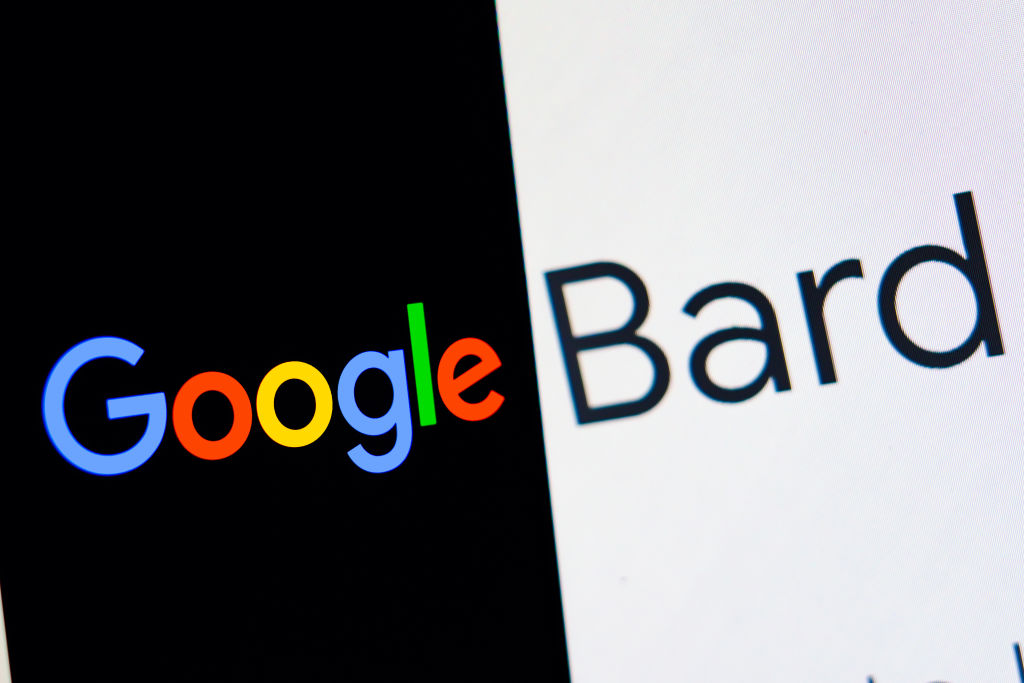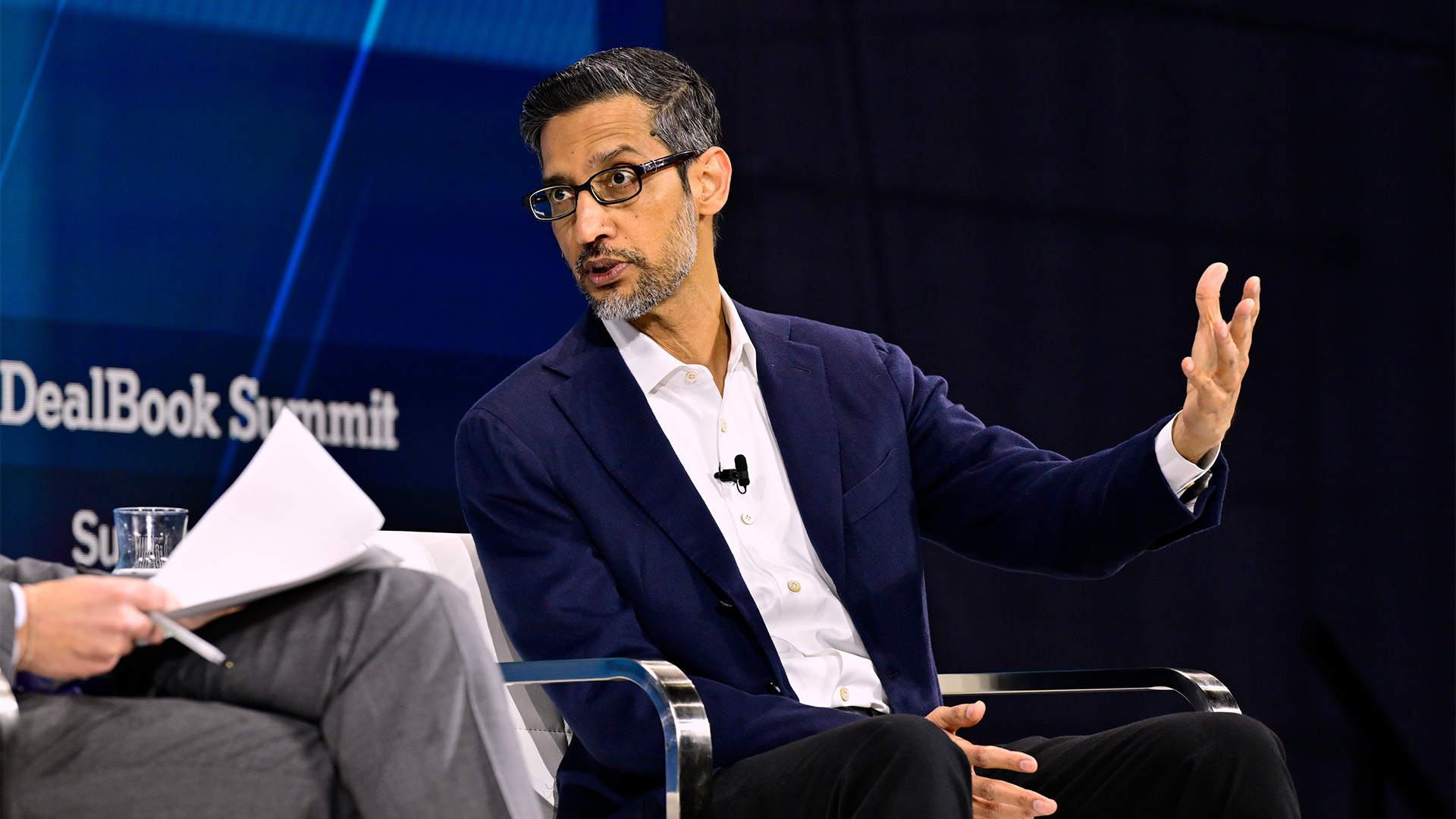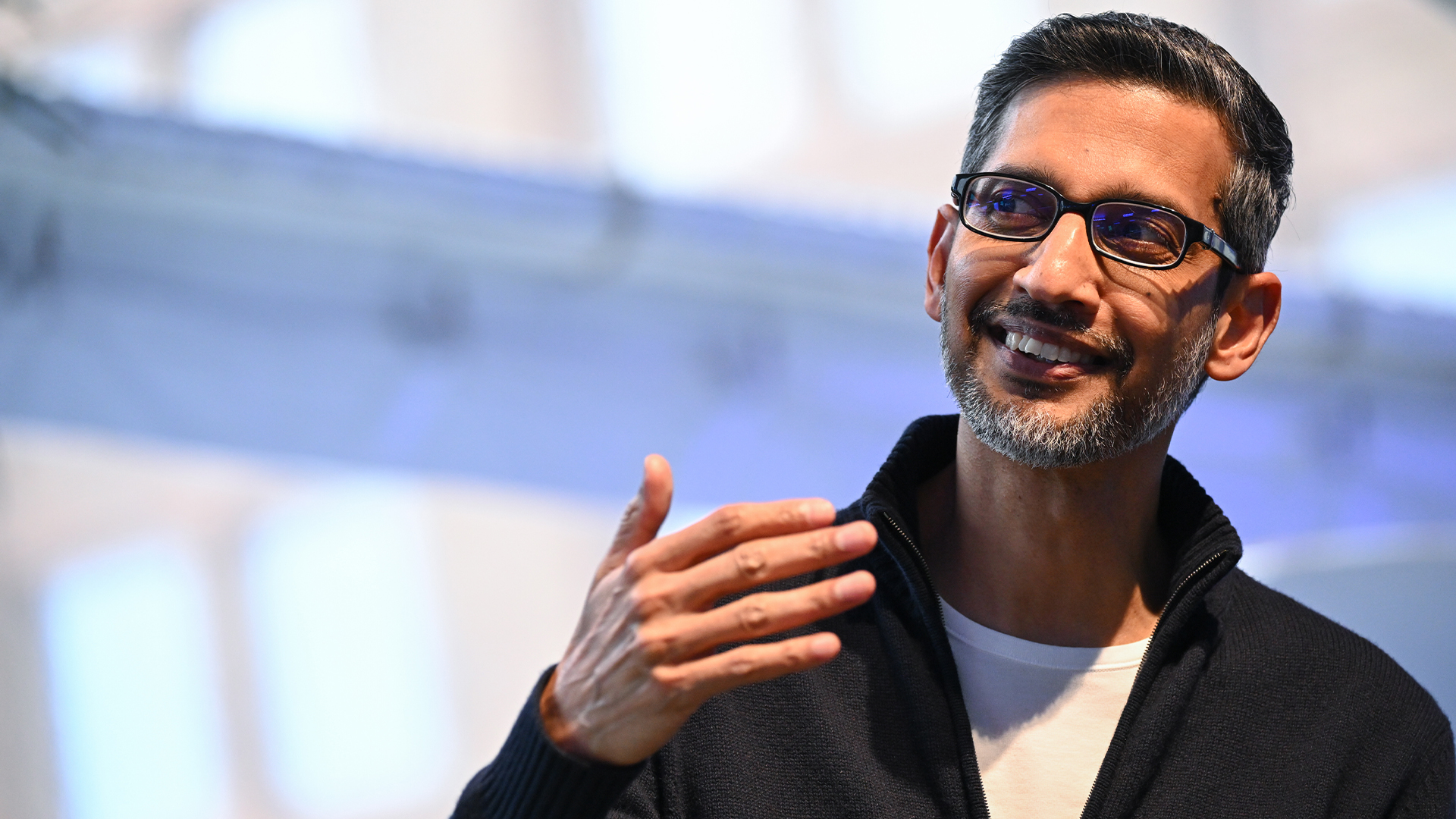Google’s inbound updates to Bard will close the gap with GPT-4
The firm’s annual I/O conference could see it leap ahead of OpenAI once more


Google is expected to announce a new AI model and key updates to its Bard chatbot this week, as it aims to improve its AI portfolio on par with OpenAI’s latest advancements.
A more powerful core AI model and multimodal chatbot capabilities are reported to be two key reveals for its annual I/O conference on Wednesday, which is expected to focus primarily on AI alongside some hardware announcements.
CNBC reported that the I/O announcements include PaLM 2, a new large language model (LLM) trained in more than 100 languages, citing internal documents.
The tech giant is also expected to announce new updates to its Bard chatbot, which will be joined by a larger model known as ‘Multi-Bard’ capable of multimodal, complex reasoning and better math prowess.
Multimodal generative AI models can process inputs such as images or sound in addition to the natural language text inputs to which users have become accustomed.
A notable example of multimodal models is OpenAI’s new GPT-4, which is capable of parsing text from images, summarizing chart data, and identifying elements in a video feed for computer vision use.
OpenAI claimed that GPT-4 outperformed PaLM in the Multi-task Language Understanding (MMLU) benchmark, having scored 86% compared to PaLM’s 71%.
Sign up today and you will receive a free copy of our Future Focus 2025 report - the leading guidance on AI, cybersecurity and other IT challenges as per 700+ senior executives
Pathways Language Model (PaLM) is Google’s 540-billion-parameter LLM, first announced in April 2022.
RELATED RESOURCE

Keys to successful innovation through artificial intelligence
Harvard Business Review
It was intended to provide a more complex understanding of natural language input than previous models, and also produce more detailed text responses.
To date, Google has not utilized PaLM for its customer-facing products such as its chabot Bard, but has still achieved a competitive footing with products such as ChatGPT.
The model was compared favorably with OpenAI’s GPT-3 language model at the time of its release and surpassed contemporaries in tests including LaMDA, the model behind Google’s current iteration of Bard.
In an interview with Hard Fork, a podcast by The New York Times, Pichai said that Bard would soon be powered by PaLM rather than the older LaMDA model on which it is currently based.
“Pretty soon, maybe as this goes live, we will be upgrading Bard to some of our more capable PaLM models, so which will bring more capabilities, be it in reasoning, coding,” Pichai told the hosts.
These could come in the form of reduced ‘hallucinations’, the term used to describe fiction produced by chatbots in place of factual answers, as was the case for GPT-4.
In Bard’s case, this could prove especially helpful as ITPro tests have demonstrated the product is far more prone to claims of personhood or inaccuracies than ChatGPT.
Bola Rotibi, chief of enterprise research at CCS Insight, told ITPro that I/O announcements would follow Google’s medical large language model Med-PaLM 2.
“It’s part of that whole generative AI approach, which is providing environments for special vertical use cases, trying to understand what’s good, what’s ethical, and on very focused capabilities.
“Like everyone else, they want to make sure that it’s available in lots of different languages and in many respects want to open it up, like AWS has been doing, to different use cases.
“The most important thing is to get these things out, get people using them, training the models in multiple environments.”
Rotibi also highlighted the need to reduce hallucinations in future models, and gave the example of Med-PaLM 2’s score of 85% on the MedQA dataset of US Medical Licensing Examination (USMLE)-style questions.
RELATED RESOURCE

Achieving transformative business results with machine learning
How seven leading organizations are using machine learning to resolve key challenges and reveal new opportunities
“Quite frankly everyone is talking about hallucinations, and that’s a real problem. That’s what they’re trying to make sure of, that they are ethically and responsibly aligned with the best way to do things.”
Improvements could also include a greater ability to carry a conversation with a user over multiple prompts or sessions, which could prove core to Google’s goal of embedding its AI tools within its search engine.
In mid-April, Bard attained code generation and translation capabilities, with tests indicating that it can now go head-to-head with GPT-4 and Bing chat for code generation and translation.
In its GPT-4 demo, Microsoft also demonstrated how the model could take an image of a website idea written on a napkin and translate this into actionable code.
While this may not be useful for tech teams at present, it did put the ball in Google’s court to respond in kind through its products like Google Lens.
Improved code for Bard could make use of Google Lens, allowing flowcharts to be translated into code, or the firm could aim for simple but effective improvements to the accuracy of code generated.
At present, users can ask Bard to make code more efficient, including code that the model has generated, and on these lines, the model could be improved to present more efficient code output.
The ability is one of a few within Google’s AI product offering which could offer businesses explicit gains right now and can help programmers in the same way as the popular GitHub Copilot.
It’s not yet clear if the new multimodal Bard will come as a direct derivation of PaLM 2, though this would make sense if the model is a straightforward successor to PaLM in the way that GPT-4 was to GPT-3.
Google has been working to improve Bard’s performance, after a disappointing launch which saw the chatbot inaccurately answer a demo question, leading Google’s stock to drop 7%.
Alphabet CEO Sundar Pichai, announced in April that Google would develop its own multimodal AI models as part of a concerted push for greater AI output.
The notice came alongside the news that DeepMind, long a subsidiary of Google, would be combined with Google Brain to form a new unified AI division known as Google DeepMind.
DeepMind CEO Demis Hassabis will head up the new unit, and was heralded by Pichai as the man who would lead Google’s “most capable and responsible general AI systems”.

Rory Bathgate is Features and Multimedia Editor at ITPro, overseeing all in-depth content and case studies. He can also be found co-hosting the ITPro Podcast with Jane McCallion, swapping a keyboard for a microphone to discuss the latest learnings with thought leaders from across the tech sector.
In his free time, Rory enjoys photography, video editing, and good science fiction. After graduating from the University of Kent with a BA in English and American Literature, Rory undertook an MA in Eighteenth-Century Studies at King’s College London. He joined ITPro in 2022 as a graduate, following four years in student journalism. You can contact Rory at rory.bathgate@futurenet.com or on LinkedIn.
-
 Trump's AI executive order could leave US in a 'regulatory vacuum'
Trump's AI executive order could leave US in a 'regulatory vacuum'News Citing a "patchwork of 50 different regulatory regimes" and "ideological bias", President Trump wants rules to be set at a federal level
-
 TPUs: Google's home advantage
TPUs: Google's home advantageITPro Podcast How does TPU v7 stack up against Nvidia's latest chips – and can Google scale AI using only its own supply?
-
 Google DeepMind partners with UK government to boost AI research
Google DeepMind partners with UK government to boost AI researchNews The deal includes the development of a new AI research lab, as well as access to tools to improve government efficiency
-
 Google blows away competition with powerful new Gemini 3 model
Google blows away competition with powerful new Gemini 3 modelNews Gemini 3 is the hyperscaler’s most powerful model yet and state of the art on almost every AI benchmark going
-
 Google CEO Sundar Pichai sounds worried about a looming AI bubble – ‘I think no company is going to be immune, including us’
Google CEO Sundar Pichai sounds worried about a looming AI bubble – ‘I think no company is going to be immune, including us’News Google CEO Sundar Pichai says an AI bubble bursting event would have global ramifications, but insists the company is in a good position to weather any storm.
-
 Some of the most popular open weight AI models show ‘profound susceptibility’ to jailbreak techniques
Some of the most popular open weight AI models show ‘profound susceptibility’ to jailbreak techniquesNews Open weight AI models from Meta, OpenAI, Google, and Mistral all showed serious flaws
-
 Sundar Pichai thinks commercially viable quantum computing is just 'a few years' away
Sundar Pichai thinks commercially viable quantum computing is just 'a few years' awayNews The Alphabet exec acknowledged that Google just missed beating OpenAI to model launches but emphasized the firm’s inherent AI capabilities
-
 Google boasts that a single Gemini prompt uses roughly the same energy as a basic search – but that’s not painting the full picture
Google boasts that a single Gemini prompt uses roughly the same energy as a basic search – but that’s not painting the full pictureNews Google might claim that a single Gemini AI prompt consumes the same amount of energy as a basic search, but it's failing to paint the full picture on AI's environmental impact.
-
 ‘LaMDA was ChatGPT before ChatGPT’: Microsoft’s AI CEO Mustafa Suleyman claims Google nearly pipped OpenAI to launch its own chatbot – and it could’ve completely changed the course of the generative AI ‘boom’
‘LaMDA was ChatGPT before ChatGPT’: Microsoft’s AI CEO Mustafa Suleyman claims Google nearly pipped OpenAI to launch its own chatbot – and it could’ve completely changed the course of the generative AI ‘boom’News In a recent podcast appearance, Mustafa Suleyman revealed Google was nearing the launch of its own ChatGPT equivalent in the months before OpenAI stole the show.
-
 A threat to Google’s dominance? The AI browser wars have begun – here are the top contenders vying for the crown
A threat to Google’s dominance? The AI browser wars have begun – here are the top contenders vying for the crownNews Perplexity has unveiled its Comet browser while OpenAI is reportedly planning to follow suit